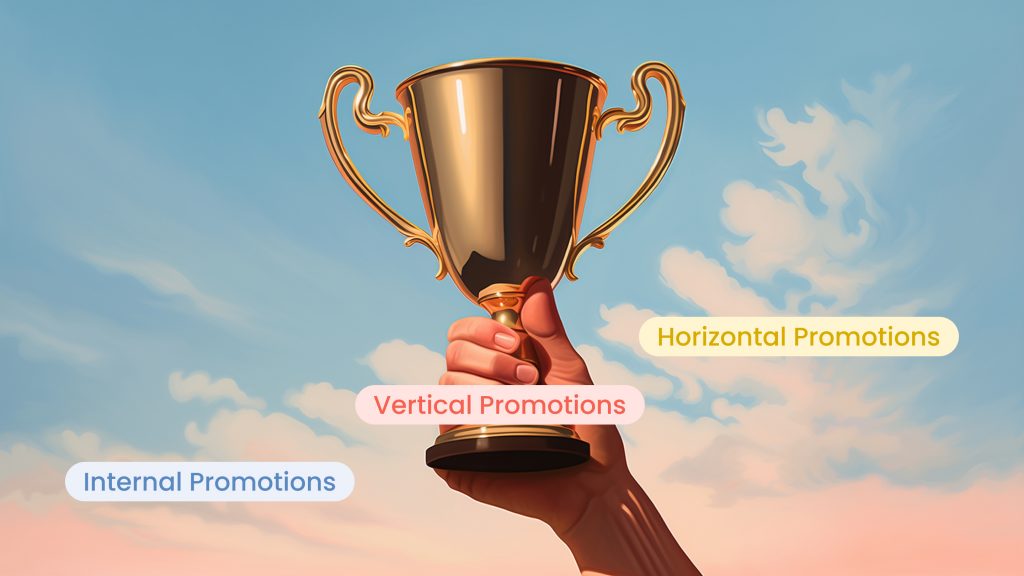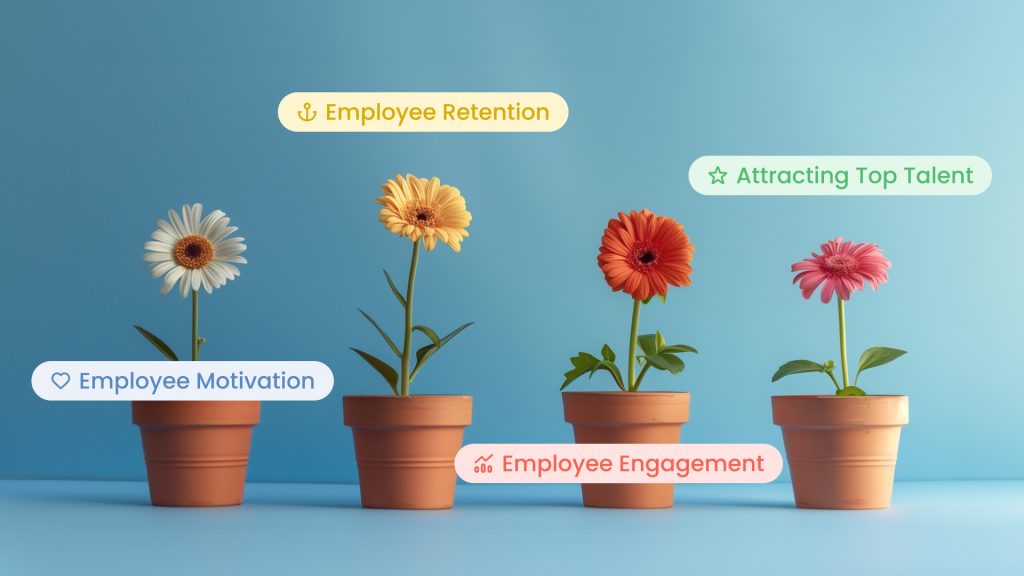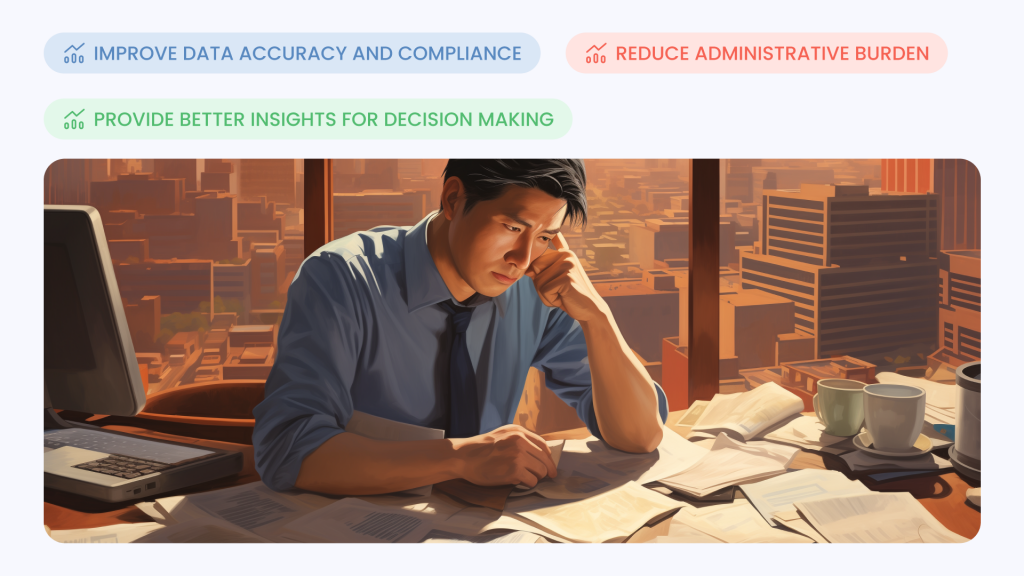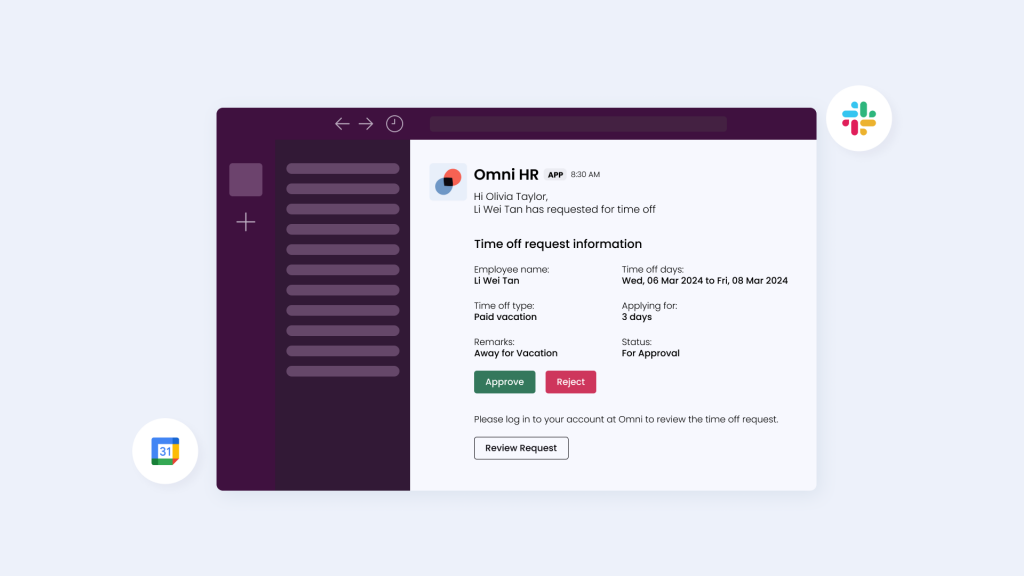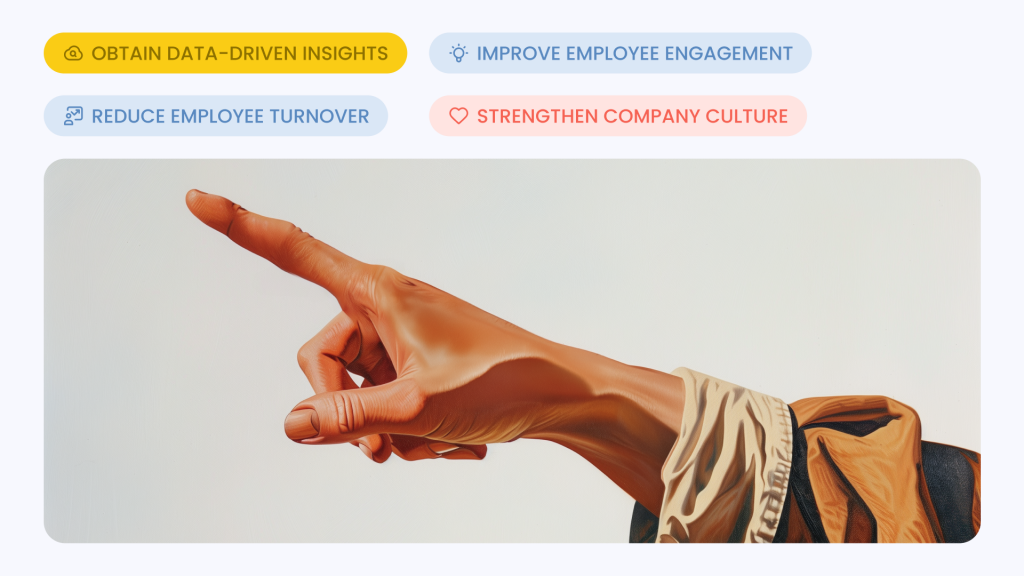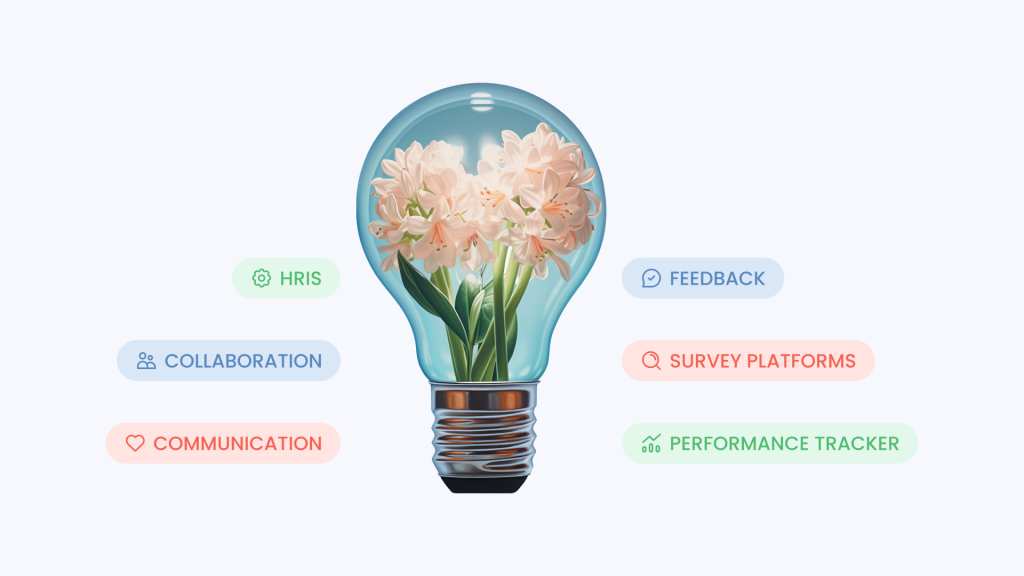Employee financial wellness is important as employees are every business’s most valuable asset. They keep things running and contribute to organizational growth. Hence, employers should strive to create a supportive work environment and improve employee well-being.
The 2024 Wellness Barometer Survey highlighted that an astonishing 91% of employees are stressed about finances. However, not many leaders are aware nor mitigating this. This is further supported where 92% of leaders believe their company’s financial support or resources is satisfactory but in reality, 76% of employees think otherwise. There is a significant gap between employees’ financial wellness and resources provided.
Therefore, the solution is to develop effective employee financial wellness programs that enhance workers’ lives and reduce financial stress. In this article, we’ll explore the concept of workplace financial wellness, why it matters, and how to create employee financial wellness programs.
What is employee financial wellness?
Employee financial wellness refers to an employee’s ability to make financial decisions, and manage their wealth without worrying about cost of living or economic downturns. In essence, it assesses an employee’s overall financial health. It covers various money habits, such as budgeting, spending, saving, investing, managing debt, and setting financial goals.
Workplace financial wellness is critical to developing a healthy company culture. It helps employees feel empowered knowing they can pay their bills and shoulder unexpected expenses while looking forward to a healthy financial future.
Healthy finances begin with adequate financial education, which National Financial Awareness Day on 14 August seeks to achieve. Many organizations leverage this day to remind employees to improve their financial literacy while making better money decisions.
When employees are financially secure, they’re less likely to be anxious over financial commitments. Instead, they can focus on the task at hand, increasing efficiency and productivity.
Finding more ways to engage with your employees?
Why is workplace financial wellness important?

PwC’s Employee Financial Wellness Survey reported that financial stress and money worries have harmed workers’ sleep, physical and mental health, self-esteem, and interpersonal relationships.
To worsen the case, one in three full-time employees says money issues have affected their productivity at work. Brightplan’s report corroborates this, stating that 78% of leaders say their employees’ financial stress led to higher turnover last year.
This issue sets a dire need for workplace financial wellness. This helps employees better manage their finances and reduces anxiety. In return, you can foster a positive work environment where employees are physically, mentally, and financially healthy to contribute to the company’s success. It also reduces attrition rate and employee absenteeism, boosts motivation and productivity, and improves retention.
Furthermore, fostering employee financial wellness is an excellent strategy for developing team efficacy. This aligns with the priorities of 60% of HR leaders who aim to build team effectiveness to improve the future of work in 2024.
What are employee financial wellness programs?
Employee financial wellness programs are initiatives employers implement to enhance workers’ overall financial well-being. These programs help workers manage their finances better, improve employee financial literacy, and reduce stress.
Furthermore, these programs educate employees through counseling, coaching, and resources on specific monetary topics like debt, spending, budgeting, saving, investment, etc.
Financial wellness programs assist workers in achieving long-term financial security. Examples include workshops, financial wellness software, investment advice, emergency relief, tax education, retirement programs, healthcare benefits and education.
How can financial wellness programs benefit the organization?
Workplace financial wellness offers mutual benefits to both employees and employers. Let’s look at them in detail:
For employers
Increase employee satisfaction
Financial burdens are often a major source of stress for employees. This is often driven by inflation, economic downturn, high cost of living, high interest rates, and market volatility.
However, when employers provide resources and opportunities to help employees manage finances better, it alleviates anxiety and helps improve employees’ physical and mental health. In essence, employee financial wellness programs fosters a positive workplace environment, making employees feel seen, valued, and supported.
Still confused about company culture?
Improve employee retention
A survey by Bankrate found that 56% of the U.S. workforce plan to find a new job in a year. One of the main contributing factors is the lack of job satisfaction.
Investing in employee financial wellness programs can be a great way to boost employee satisfaction. According to Talent LMS’s report, 68% of employees tend to stay longer at their current jobs if their employer offers workplace financial wellness programs.
These initiatives show you care about your employees’ well-being. When employees feel valued and satisfied with their jobs, they tend to stay with the company longer. Ultimately, implementing these programs leads to higher talent retention and loyalty, and reduces turnover costs.
Enhance employer brand
By offering employee financial wellness programs through benefits and training, employers demonstrate care for employees’ overall well-being. This shows that you’re interested in your employees, not just their work performance.
Consequently, employees who enjoy working in the company will recommend your organization to their network, promoting a positive employer brand image and attracting top talent.
For employees
Improve financial literacy and security
Employees will learn more about managing their finances through workplace financial wellness programs. They’ll become better at budgeting, saving, investing, and planning for retirement.
These acquired financial education and skills will empower them to make informed monetary decisions and secure their future.
Increase productivity and focus
Struggling with finances can be a stressful distraction. According to a 2023 PWC survey, 47% of employees are stressed about their finances, leading to negative impacts on mental health, sleep quality and self-esteem. In such cases, an employee might find it difficult to concentrate on tasks, leading to a decline in work performance.
By establishing an employee financial wellness structure, you can help reduce overall stress levels and improve mental health. With financial stressors handled, employees can focus on tasks at hand, increasing efficiency.
Boost morale and engagement
Employees working for companies with financial wellness programs feel engaged and happy with their jobs. This is because these programs aim to reduce their financial burdens and empower them to make informed financial decisions.
Furthermore, financial wellness programs also eliminate money-related fears that can negatively impact physical and mental health.
Therefore, employee financial wellness programs can help increase employee morale, reduce absenteeism, and motivate employees to perform at their best.
6 Tips for Developing Effective Financial Wellness Programs

Brightplan reports that 76% of employers admit their company places more importance on profits rather than employee well-being. This is a huge problem that can affect organizational success and longevity.
With the benefits that employee financial wellness bring about for employee wellbeing and company productivity, here’s some tips on developing an effective financial wellness program:
1. Identify employee needs
Everyone has different financial wellness and needs. To ensure you’re on the right track, seek feedback from employees on what they’d like to gain from financial wellness programs.
An excellent way to do this is to conduct employee surveys or assessments. These tools will help you understand employees’ financial challenges and goals. The questions asked should reveal insights into employee’s budgeting knowledge, saving practices, and areas where they require assistance.
After conducting the survey, analyze your results and develop your employee financial wellness program to suit your team’s needs. Furthermore, findings from assessments can help identify gaps between your company’s current offerings and unaddressed employee needs.
Aside from employee surveys, communicating with managers and HR teams is also a great way to gain insights into employees’ financial needs.
Learn more: 20 Strategic Employee Engagement Survey Questions
2. Provide multiple delivery formats
Once you’ve developed your financial wellness program, ensure it is delivered in multiple formats. This can be through in-person coaching sessions, interactive online courses, webinars, financial wellness apps, handbooks and guides, newsletters, literacy games and group workshops. This is necessary to ensure easy access for employees to participate in workplace financial wellness programs.
3. Promote program effectively
Aside from providing multiple delivery formats, it’s important to effectively promote your financial wellness program. You can do so through the company’s communication channels, including emails, memos, Slack messages, and meetings.
Ensure all promotional materials and messages are clear, engaging, and tailored to suit different aspects of your workforce.
4. Create culture of financial wellness
As financial wellness takes up a huge part of an employee’s life, consider integrating employee financial wellness as part of your company culture. Besides offering retirement plans, health benefits, and educational measures, think of ways to make it a part of employees’ lifestyle.
For instance, incentivise employees who complete their financial education courses or achieve certain monetary milestones. Also, set up financial well-being challenge ideas such as monthly savings goals or debt cleansing exercises and reward best performing employees. Doing this encourages employees to partake in the programs and take action.
5. Seek employee feedback
To ensure your employee financial wellness programs run smoothly and produce results, it’s important to seek employee feedback as you go. Find out what works and what doesn’t.
Gathering employee feedback and performance metrics helps you gain insights into improving your financial wellness programs. It also identifies possible reasons for low or high adoption, such as communication gaps or lack of interest. Furthermore, it helps your company stay abreast of the latest trends in employee financial wellness, which will enhance success.
Read next: The Best 360 Feedback Tools for Employee Engagement
6. Track program usage and impact
After building your wellness program, setting metrics for measuring success is vital. This can be the number of employees who complete counseling programs, attend workshops, participate in retirement or savings plans, interact with online tools, or invest in health savings accounts.
Furthermore, KPIs such as employee engagement levels, participation rates, financial behavior changes, employee satisfaction, and more can be established for easy tracking. Conduct assessments before and after employees participate in the programs to measure changes in their financial wellness and habits. Also, consider adopting HRIS or HR tools that integrate employee financial wellness data for a holistic analysis.
Tracking program participation rate and impact is essential for evaluating the efficacy of your company’s employee financial wellness programs and making necessary improvements.
Build Financial Security and Employee Wellbeing with Omni
Undoubtedly, financial wellness and security is a crucial component for employee wellbeing. It affects every aspect of your organization, from culture to morale, productivity to innovation. Hence, investing in your employees’ financial wellness is a sure fire way to improve your business functions and drive growth.
Powering Asia’s fastest-growing, modern companies, Omni’s document management scales alongside your company so you can customize and leverage the system to store important documents for your employee financial wellness programs.
On top of that, Omni also offers real-time graphs and easily exportable reports, streamlining performance reporting and reducing calculation times and errors. These tools empower HR teams to monitor employee financial wellness trends over time, compare results across various departments, and proactively identify areas for improvement.
To join the 83% of Omni customers who have unlocked new, actionable insights after using our solution, book a demo with our team today.



